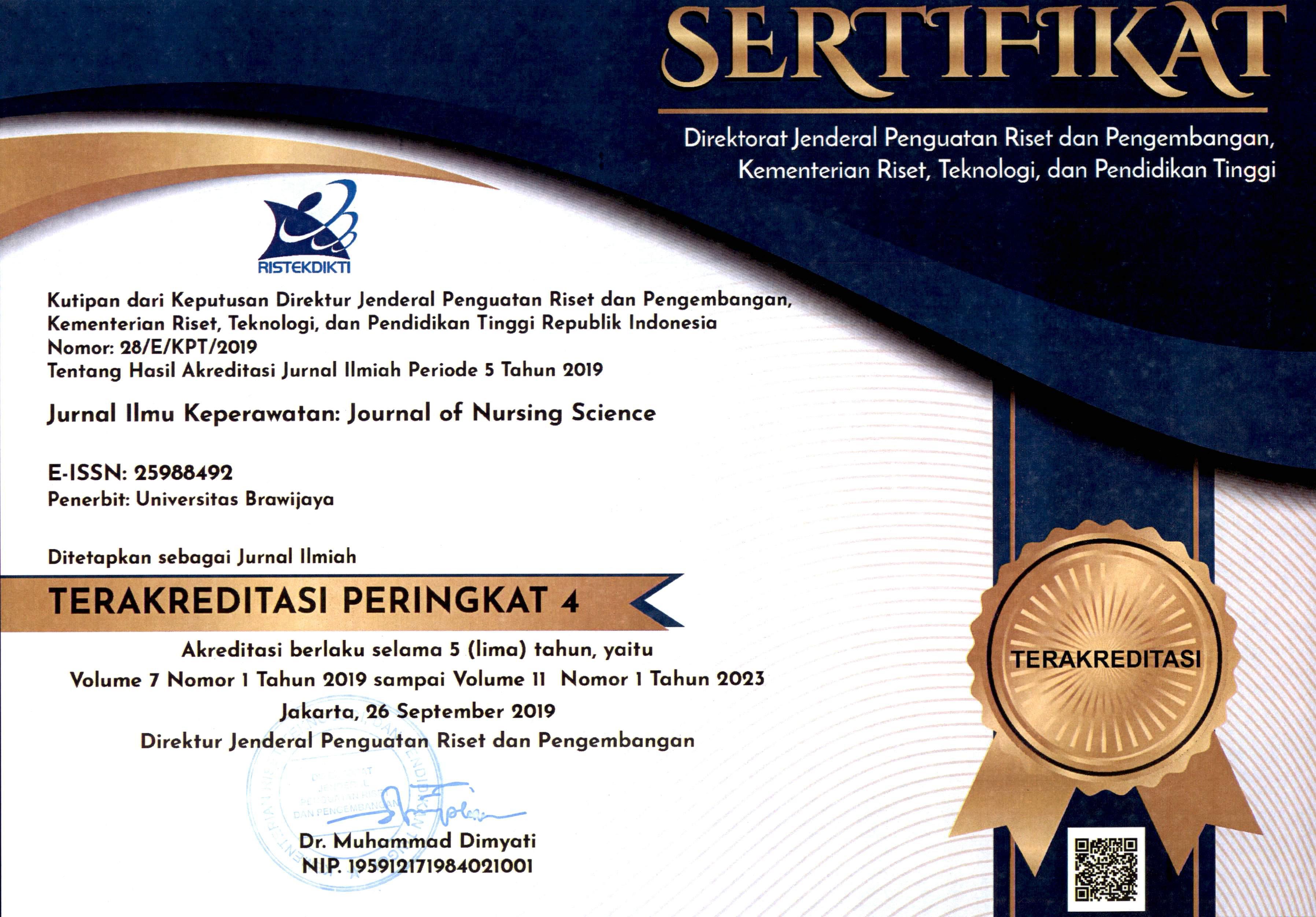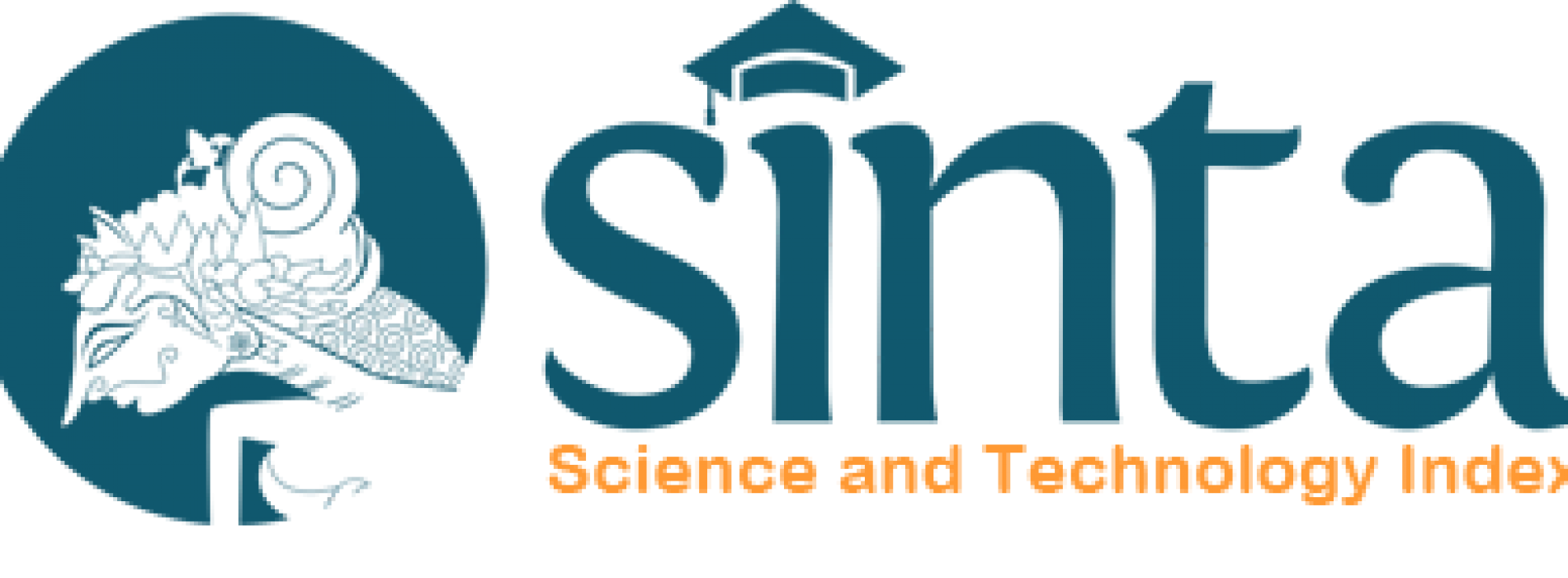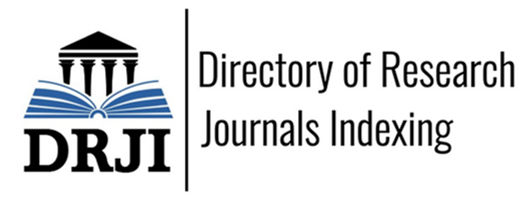EFFECTIVENESS MONTASE AS TUBERCULOSIS AWARENESS PROGRAM AND ASSOCIATED CHANGES IN KNOWLEDGE LEVELS OF THE FAMILIES
DOI:
https://doi.org/10.21776/ub.jik.2020.008.02.6Keywords:
Tuberculosis, montage, preventionAbstract
The success of TB control is strongly influenced by the role and support of the family.
Families who do not care, do not support treatment programs, tend to be ignorant, do
not make efforts to prevent transmission in the care of family members with TB, and give
negative stigma against TB disease has a negative impact on the success of TB control.
One of the efforts to build and increase the role of the family in TB control is to provide
education on prevention of transmission in the care of family members with TB using the
Montage method. This study aims to determine the effectiveness of the montage learning
method in increasing knowledge about control and prevention of transmission in the
care of family members with TB. This study used a quasi-experimental method with
one group pre-post test design. We obtain 31 respondents with a purposive sampling
technique. The intervention used is application of 3M art, namely folding, cutting and
pasting pictures on paper that form pictorial stories. In this study, the average pretest
value was 48.39 ± 5.536 and the posttest value was 73.23 ± 11.729, with a p-value of
0.000, which means that there was a significant difference between the knowledge
before and after the intervention. Therefore, the strategy of providing education with
the montage learning method needs to be integrated into the promotional program.
References
- Azizah, I,M. Efektivitas Pembelajaran Menggunakan
- Permainan MONTASE terhadap Motivasi dan
- Hasil Belajar di MIN Ngronggot Nganjuk.
- Dinamika Penelitian. 2016; Vol. 16. No. 2. p:
- -308
- Dewi, I, A., Suarni, N, K., Magta, M. Penerapan
- Metode Proyek melalui Kegiatan 3M untuk
- Meningkatkan Kreativitas Anak dan Orangtua
- di TK Negeri Pembina. E-Journal PG PAUD
- Universitas Pendidikan Ganesha. 2015; Vol. 3.
- No. 1. p: 89-106
- Fuad, Z., A., Helminsyah, Subhananto, A. Pengembangan
- Model Pembelajaran MONTASE Kreatif dengan
- Teknik Lihat, Gunting, Tempel dan Ceritakan
- (LGTC) untuk Meningkatkan Ketrampilan
- Berbicara Siswa Sekolah Dasar. Jurnal Visipena.
- Vol. 8. No. 2. p: 280–294
- Ibrahim. Perpaduan Model Pembelajaran Aktif
- Konvensional (Ceramah) dengan Cooperatif
- (Make – A Match) untuk Meningkatkan Hasil
- Belajar Pendidikan Kewarganegaraan. 2017.
- Suara Guru: Jurnal Pendidikan Sosial, Sains dan
- Humaniora. 3(2), 199–212
- Kemenkes RI. Petunjuk teknis manajemen dan
- tatalaksana TB anak. Jakarta: Kementerian
- Kesehatan RI; 2016
- Kementerian Kesehatan RI. Profil Kesehatan Provinsi
- Daerah Istimewa Yogyakarta Tahun 2016.
- Yogyakarta; 2017
- Kemenkes RI. Tuberkulosis. InfoDATIN. Pusat Data dan
- Informasi Kementerian Kesehatan RI. Jakarta;
- Sari, D. 2014. Hubungan Tingkat Pengetahuan,
- Sikap dengan Perilaku Ibu dalam Stimulasi
- Perkembangan Anak Usia 0-12 Bulan di
- Puskesmas Mergangsan Kota Yogyakarta.
- Skripsi. STIKES Aisyiyah Yogyakarta
- Sriyono. 2015. Pengaruh Tingkat Pendidikan
- dan Pemahaman Masyarakat tentang Ikan
- Berformalin terhadap Kesehatan Masyarakat.
- Faktor Exacta. 8(1). 79-91
- Widiastuti, R. Peran Keluarga dalam Merawat Anggota
- Keluarga yang Menderita Tuberkulosis Paru
- di Wilayah Kerja Puskesmas Wirobrajan
- Yogyakarta. Skripsi. Program Studi Ilmu
- Keperawatan Universitas Aisyiyah Yogyakarta;
- World Health Organisation (WHO). Current Status
- of Integrated Community Based TB Service
- Delivery and The Global Fund Work Plan to Find
- Missing TB Cases; 2018
Downloads
Published
How to Cite
License
Authors published in this journal agree to the following terms:
1. The copyright of the received article shall be assigned to the journal as the publisher of the journal. The intended copyright includes the right to publish the article in various forms (including reprints). The journal maintains the publishing rights to the published articles.
2. Authors may enter into separate additional contractual agreements for the non-exclusive distribution of the published journal version of the work (for example, posting it to an institutional repository or publishing it in a book), with acknowledgment of their initial publication in this journal.
3. Authors are permitted and encouraged to post their work online (e.g. in an Institutional Repository or on their website) before and during the submission process, as this can result in a productive exchange, as well as earlier and larger citations of the published work.
4. Articles and all related material published are distributed under Creative Commons Attribution-NonCommercial 4.0 International License or CC BY-NC 4.0 license.
JNSU is licensed under a Creative Commons Attribution-NonCommercial 4.0 International License or CC BY-NC 4.0 license.






























